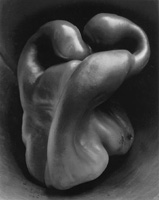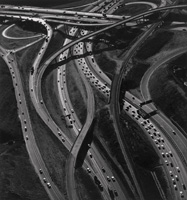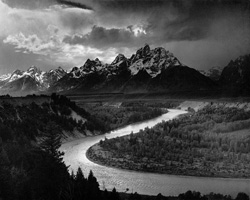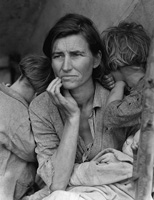Why F64
In the flow of straight photography, aiming to capture reality and tell about the world, comes to light, between 1931 and 1932, the Group f/64, founded by Ansel Adams and Edward Weston with Imogen Cunningham, John Paul Edwards, Henry Swift, Willard Van Dyke, Sonya Noskowiak.
The claim of ideological independence of the photographer and photography, the need to fight the prevalent superficial approach to the issues addressed, the strong sense of social consciousness and intellectual responsibility act as catalysts. The work of the group, always bound to the principles of aesthetic purity and technical and stylistic rigor, capture and reprocess the stimuli provided by the contemporary capture of nature and its observation.
This is how the grand and elegant landscapes of Ansel Adams, the sensual plasticism of organic forms of Edward Weston, the refined geometry of Imogen Cunningham are born.
It is a new type of photo compared to the past, pure but not simple, a “visible manifesto for a straight photography”.
The reference to this extraordinary group of photographers of the early twentieth century is for us a statement of ideological and stylistic adherence: we consider still valid to this day the rigorous, incisive and direct methods of the Group f/64, we bring back their guidelines to a completely different but equally complex time. A time, where we move between confusion and distractions faster and faster through a universe of digital bytes.
Our PCs, our heads and our eyes are flooded by images captured and quickly downloaded, often not even printed. We reclaim the importance of slowness, of the attention to landscape, social and urban images.
Using the techniques and the timing normally taken for architectural photography, we aim to observe and read, through instruments of the highest quality and with large format prints, the kind of world that incredibly, day after day, we have built around us.




